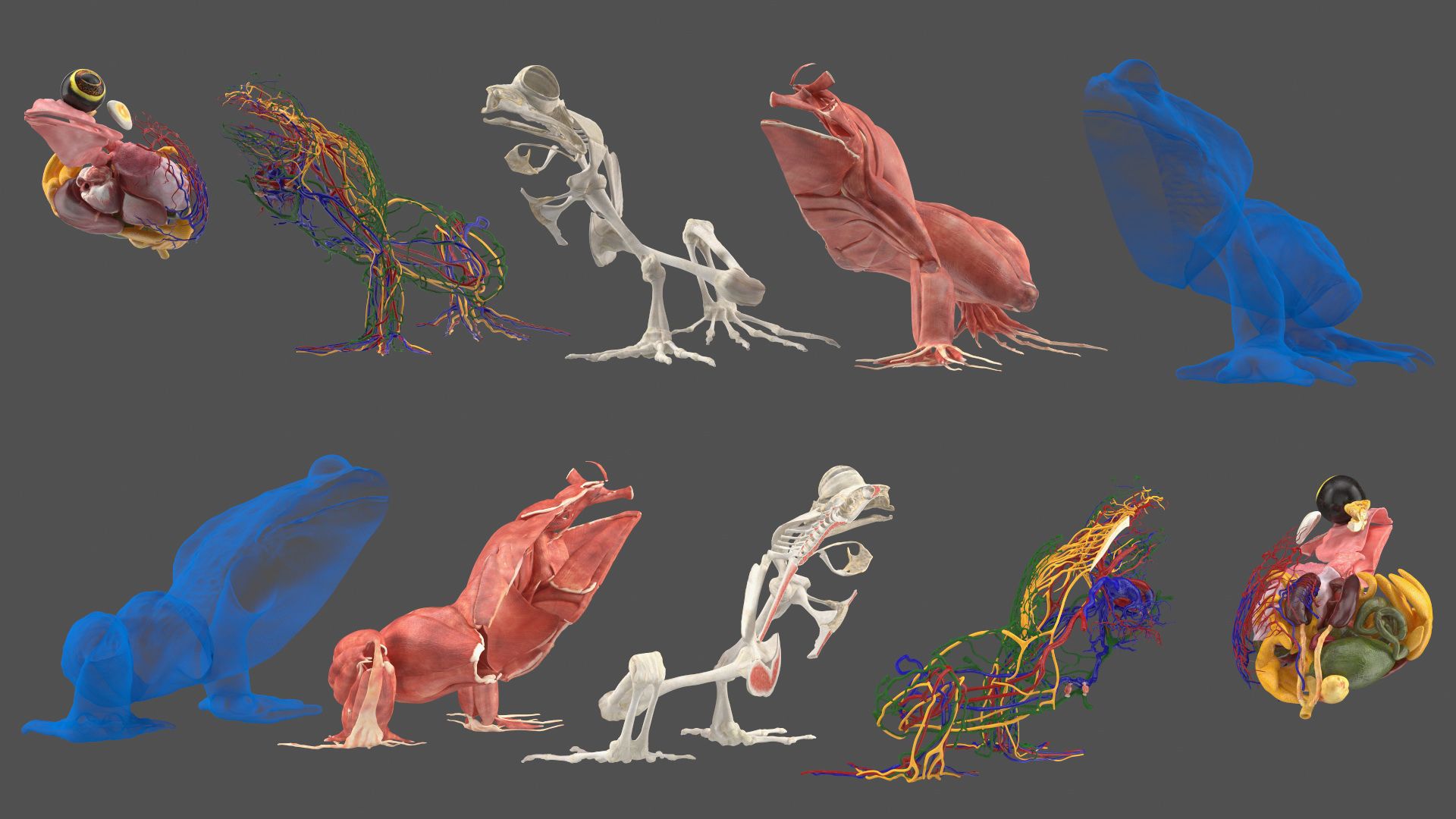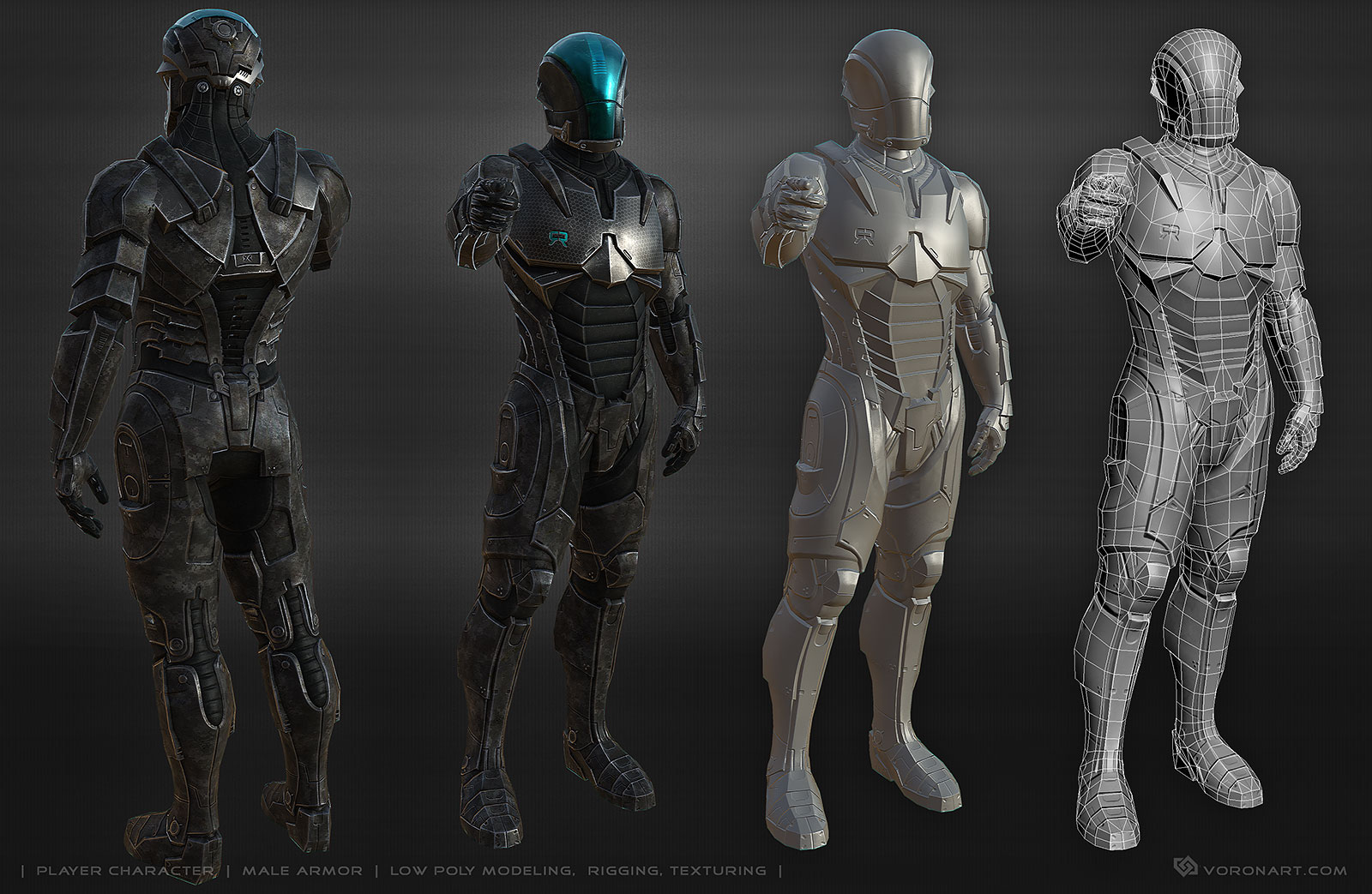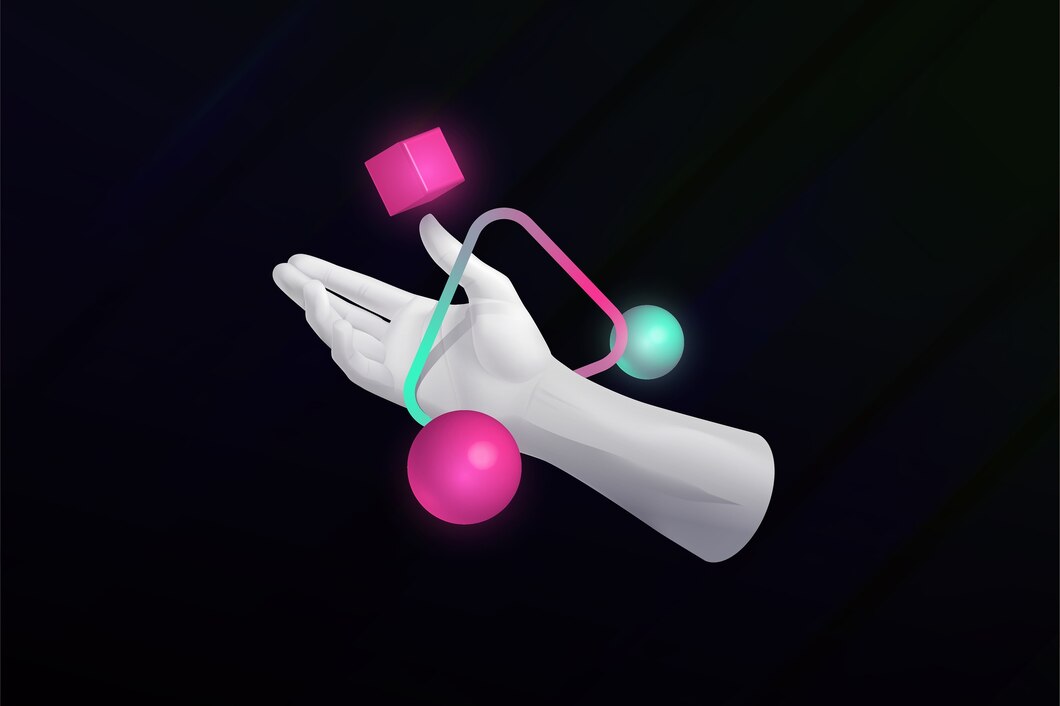
How to Drive Efficiency and Productivity in 3D Design
In today’s world where 3D technology is proliferating into various sectors, having a streamlined and efficient design process is paramount. From architectural designs to animated characters, from product prototypes to detailed simulations, 3D design plays a pivotal role. How can designers then maximize efficiency and productivity in their 3D design process? This guide serves as a pathway to answer this question and more.
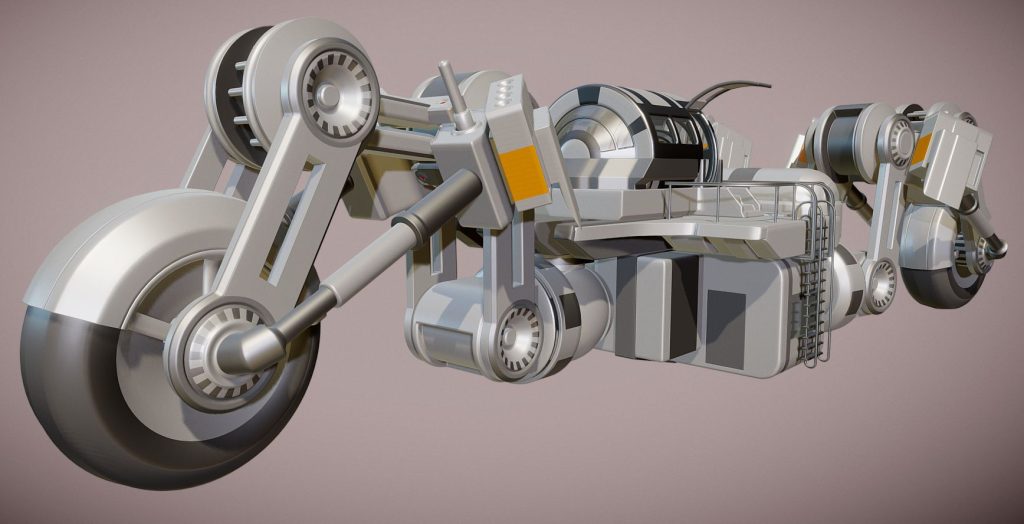
1. Reevaluate Your Workflow:
The first step to driving efficiency is understanding your current workflow. Identify potential bottlenecks, redundant steps, or time-consuming tasks. Streamlining your process by automating repetitive tasks or reordering your workflow can improve efficiency significantly.
2. Learn to Use Shortcuts:
Most 3D design software offers shortcuts that can drastically cut down on design time. Spend time learning these shortcuts and incorporate them into your routine.
3. Leverage Libraries and Kits:
Use libraries of materials, textures, or model components to reduce manual work. Many design software offer built-in libraries or online communities where designers share their kits.
4. Use Precise Modeling:
Efficiency isn’t just about speed, it’s also about precision. Higher precision in your initial modeling will prevent errors later on, saving time and effort.
5. Upgrade Your Hardware:
The speed and capability of your hardware can significantly impact your productivity. Investing in a high-quality graphics card or a larger RAM capacity can offer a smoother and quicker design process.
6. Stay Organized:
Working on complex 3D designs can quickly become cluttered. Name your files systematically, create layers, and keep a tidy workspace, which can help streamline the process and avoid wastage of time searching for specific elements.
7. Harness the Power of Plugins:
Plugins can speed up certain tasks in your 3D design program. These addons can automate complex tasks, offer new functionalities, or simplify the usage of your software.
8. Prioritize Skills Upgradation:
The 3D design landscape is ever-evolving. Regularly upgrading your skills, learning new software, and staying updated with design trends are key to staying efficient and relevant in the industry.
9. Leverage Multi-purpose Design Tools:
Use design tools that serve multi-functional purposes. This reduces the need for switching between different tools and saves time.
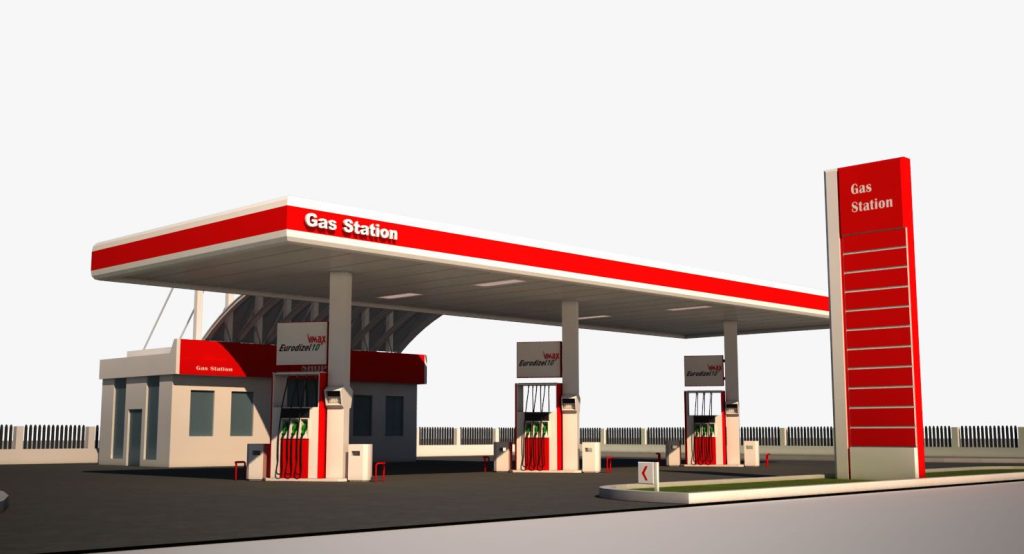
10. Don’t Neglect Maintenance:
Regularly updating your software and maintaining your hardware can avoid crashes or other computer-related issues that can hinder productivity.
11. Use Cloud Platforms:
Cloud platforms can allow you to easily collaborate with team members, store large files, and access your work from various devices.
Conclusion:
Enhancing efficiency and productivity in your 3D design process is a continuous pursuit. This pursuit, however, pays off in the form of higher quality designs, reduced stress levels, and more time to let your creative juices flow. Remember, productivity is not a destination, it’s a journey of constant learning and adaptation. As you continue this journey, this guide can be your companion, empowering your process and propelling your designs into the realm of 3D brilliance.


